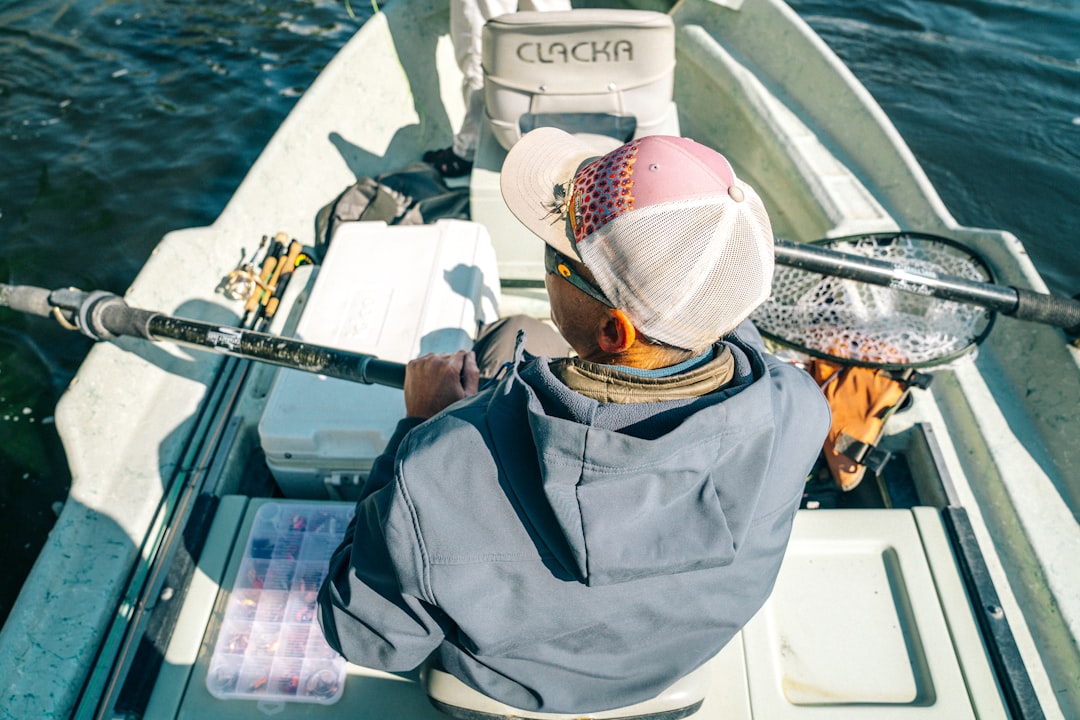fishing tackle has been in practice for as long as mankind can remember. However, it does require some knowledge of how it can be especially in today’s date and day.in present times it is so much easier than it used to be in the past. some knowledge of basic rods and hooks would definitely help in getting the best catch. fishing rods and hooks are the basics that anyone and everyone knows about. however, with recent advancements in technology, it has become quite easy to do.

FISHING RODS;
Fishing rods are an essential piece of fishing tackle, and with the advancements in technology, unique and innovative options are now available on the market. One of the most unique types of fishing rods is the use of carbon fiber rods. These rods are made of a special type of carbon fiber that is incredibly lightweight and strong.
They are also highly sensitive, allowing anglers to detect even the slightest bite or nibble.
Another unique option is the use of telescoping fishing rods. These rods can be extended or collapsed to adjust the length, making them more convenient for transportation and storage.
An aspect of fishing rods is the use of smart fishing rods, which are equipped with sensors and technology that can track the rod’s position, the tension on the line, and even the location of Fishing hooks are an essential piece of fishing tackle, and there are many different types available on the market. Importance of hooks in fishing tackle:

However,
i) one unique and innovative option is the use of chemically sharpened fishing hooks. These hooks are sharpened using a chemical process that creates a razor-sharp point, which is significantly sharper than traditional hooks. This allows for a smoother and quicker penetration, increasing the chances of a successful hook set.
ii) Another unique option is the use of circle hooks. These hooks are designed with a circular shape, which reduces the chances of gut hooking fish, promoting a more humane and sustainable way of fishing.
iii) Another one-of-a-kind option is the use of assisted hooks, which are equipped with a spring-like mechanism that helps to set the hook in the fish’s mouth as soon as the fish bites. This increases the chances of catching the fish, and the angler doesn’t have to worry about setting the hook properly.
NOTE;
In summary, fishing tackle fishing hooks have evolved from traditional J-shaped hooks to chemically sharpened, circled, and assisted hooks. These hooks not only provide a sharper, more efficient, and humane way to catch fish but also promote sustainable practices.